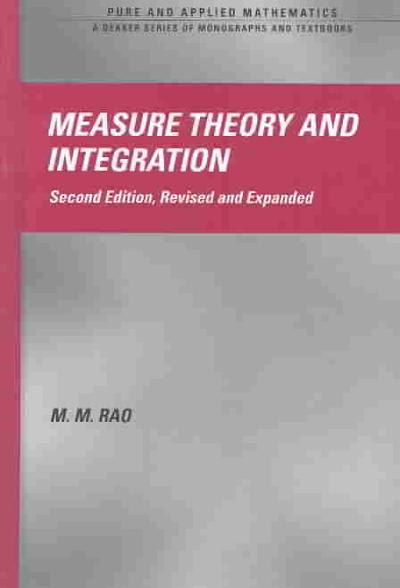Answered step by step
Verified Expert Solution
Question
1 Approved Answer
Please assist Class (kg) Freq, f [80; 100) 4 [100; 120) 9 [120; 140) 13 [140; 160) LO [160; 180) 5 40 The variance (in









Please assist










Step by Step Solution
There are 3 Steps involved in it
Step: 1

Get Instant Access to Expert-Tailored Solutions
See step-by-step solutions with expert insights and AI powered tools for academic success
Step: 2

Step: 3

Ace Your Homework with AI
Get the answers you need in no time with our AI-driven, step-by-step assistance
Get Started


